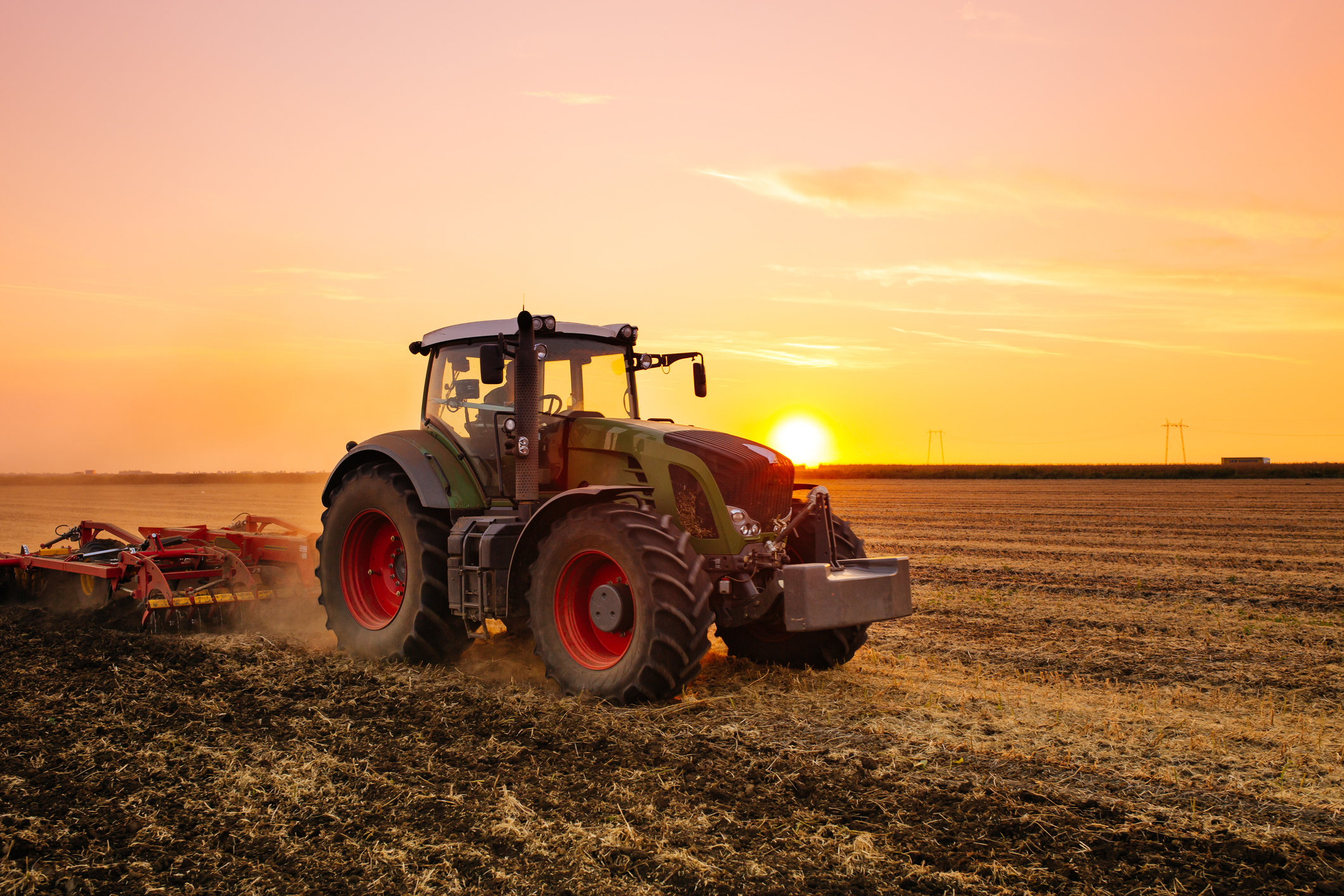22 Jan 2023
Thinking about farming ‘that carbon’? Here’s what you need to know
RMCG’s agriculture and horticulture experts step through what you need to know about carbon farming and the four things you should consider right now.
Looking at the season ahead, it seems like carbon is the new ‘in’ crop. Many in the agriculture industry are talking about putting a couple of trial blocks in, to see if they can sequester a tonne or two and watch what the market is doing.
Sound familiar?
We can’t ignore it anymore.
The conversation around good farming practice, how to increase yield, build resilience and show we care for the land has become tied up with the term ‘carbon farming’.
So what exactly is carbon farming? What does it mean for your farming business, how do you measure it and is there any money to make out of it?
Understanding carbon farming
Carbon farming is an inclusive term for the deliberate practices or land uses you undertake on your farm to increase carbon stored in the soil and vegetation (carbon sequestration), and reduce greenhouse gas emissions from livestock, soil, fertilisers or vegetation (emissions avoidance).
Most carbon farming practices are what we have considered for a long time to be good farming practice. This includes standard approaches to managing your soil health such as:
- Maintaining ground cover
- Incorporating organic matter
- Reducing tillage
- Matching stocking rates and density to pasture production and conditions
- Protecting and increasing permanent vegetation on your farm.
Carbon farming also considers other practices like your energy use, fertiliser inputs and emissions of your plant and equipment.
If you are thinking more about what carbon farming means for you, there are four steps to keep in mind.

1. Estimate your carbon balance
Learn as much as you can about estimating the operating emissions from your farm business. This will help you to understand the biggest opportunity to reduce your emissions – whether it’s sequestering carbon or avoiding emissions on your farm – and explore what change would be needed to make that happen.
There are online calculators for most agricultural industries that are useful to get a first estimate of your carbon emissions and to calculate your carbon budget. While these calculators are free and readily available, keep in mind that some are more user-friendly than others.
The carbon sequestration side of the equation is more complicated and difficult to measure, but there are tools being developed that are intended to be used at a property scale and will help you get a feel for the main carbon sequestration sinks on your farm.
2. Be clear on why you want to be a ‘carbon farmer’
What’s driving you to make the decision to farm carbon – is it recognition of production benefits? Determination to see action on climate change? Looking for better market access? The ability to generate carbon credits?
While each of these drivers share a similar outcome, they will involve slightly different approaches to implement your carbon farming practices.
Consider if there are any real marketing advantages to taking a carbon neutral pathway. This could be as a carbon neutral product, business or as an industry.
It is also important to consider if carbon neutral certification and/or buying or selling offsets would help to meet your business goals. Keep in mind that if you do sell carbon credits you cannot claim them against your business operations.
Any additional benefit from carbon neutral certification will arise from marketing your carbon neutral status, which depends on the type of markets you supply (e.g. domestic versus international). Do you know what your customers are asking for?
Remember there are also tangible production benefits through maintaining a lower carbon footprint, which is explained further in the next step.

3. Build carbon in your soils and permanent vegetation
There are productivity or efficiency gains from changes to farming practices that increase carbon in the soils or vegetation on your farm and/or reduce carbon emissions.
There is a close link between the efficient use of resources, productivity and emissions. Generally, lower emissions in an agricultural business result in higher productivity. These productivity gains can be achieved through improved soil health, water holding capacity, cation exchange capacity and soil biological functions increasing crop or pasture yield. They can also be due to better balanced livestock nutrition and animal health (i.e. less burping).
You can effectively ‘make money out of carbon’ through improved farm profitability without any contractual or legal obligations tied to selling your carbon via markets and the risk of losses if carbon farming is not successful.
There are many resources including tools available that can help you decide what practice change(s) will work for your farm.
Note, if soil carbon in your soil is already high and/or the farm includes woody vegetation and good soil cover, it will be hard to sequester additional carbon.
4. Keep your eyes wide open
You can enter into contracts for carbon offsetting projects in private carbon markets or the Australian Government’s Emissions Reduction Fund (ERF). There is a growing number of companies that will eagerly help you access capital, sign you up to purchase your credits and/or assist with developing and registering a project.
It’s important to think very carefully about whether this option is the best consideration for you.
At the time of writing, there is a high degree of uncertainty about emissions reduction obligations for Australian agricultural industries and their expected role in reaching net-zero by 2050 nationally. The contracting and sale of carbon credits generated now on your farm may have implications in the future to balance your own emissions or sell your product.
Where to from here?
Considering these four key points is an excellent starting point to position yourself for the future of carbon farming.
RMCG is working with a range of clients to help them navigate the complex space of carbon farming. Our team is available to provide independent support to explore the opportunities and understand the implications of carbon farming for your business, free of any commercial interest in carbon credit generation.
Carbon farming is a rapidly evolving area, so unless you have a clear plan for your next move, sit tight for now.
Further information and support
Please contact RMCG Associate Jencie McRobert at jenciem@rmcg.com.au or 0427 679 038 or RMCG Senior Consultant Clinton Muller at clintonm@rmcg.com.au or 0498 192 596.
You can find out more about our expertise in carbon farming and carbon accounting and take a look at the resources below:
- The Carbon Series for Australian vegetable growers – Soil Wealth and Integrated Crop Protection
- Carbon Opportunity Decision Support Tool (CODST)
- Resilience: It’s not a fad